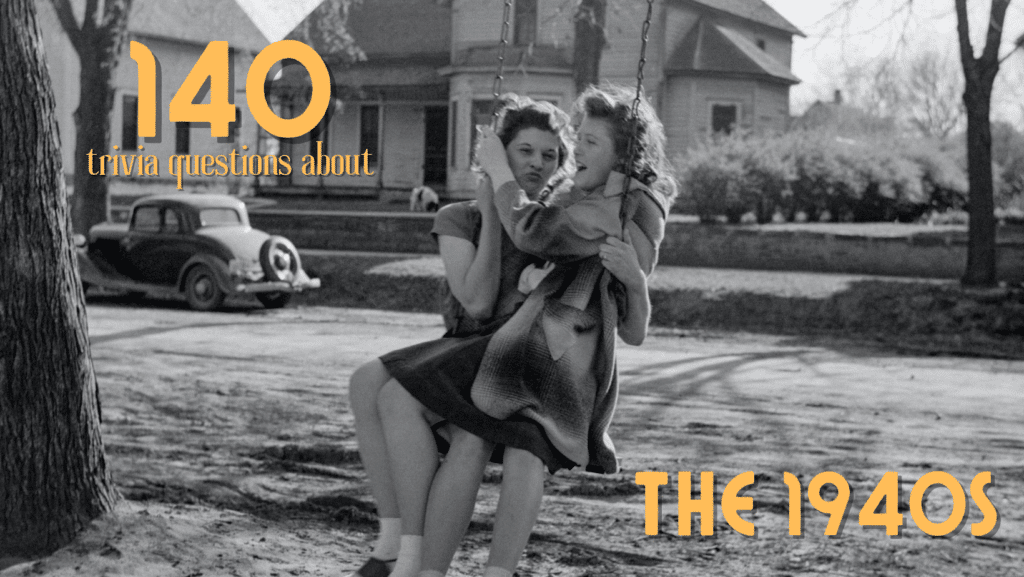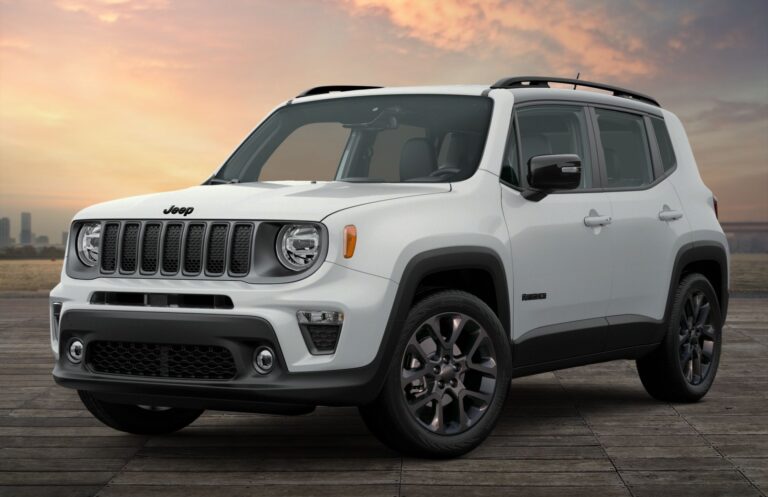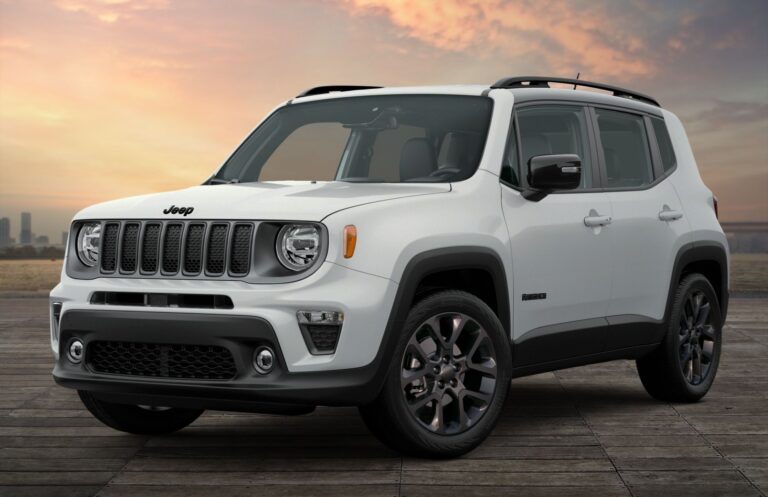40s Jeep For Sale: A Comprehensive Guide to Owning a Piece of History
40s Jeep For Sale: A Comprehensive Guide to Owning a Piece of History jeeps.truckstrend.com
The iconic silhouette, the rugged stance, the undeniable aura of wartime resilience – a 40s Jeep is more than just a vehicle; it’s a rolling testament to an pivotal era in human history. When we talk about "40s Jeeps," we are primarily referring to the Willys MB and Ford GPW models, the legendary "Go-Anywhere" vehicles that played an indispensable role in the Allied victory during World War II. For enthusiasts, collectors, and history buffs, the prospect of a 40s Jeep for sale isn’t merely about acquiring a classic car; it’s about preserving a legacy, experiencing a unique piece of Americana, and joining a passionate community dedicated to these remarkable machines. This comprehensive guide will navigate the journey of finding, evaluating, and owning one of these timeless legends.
Historical Significance: More Than Just a Vehicle
40s Jeep For Sale: A Comprehensive Guide to Owning a Piece of History
The story of the 40s Jeep began in 1940, as the U.S. military sought a lightweight, reconnaissance vehicle with four-wheel drive. Willys-Overland, Ford, and Bantam all submitted prototypes, but it was Willys’s design, refined and adapted, that became the standardized "Jeep." Though Ford also mass-produced the vehicle under license, creating the GPW, both versions were nearly identical and crucial to the war effort. From the beaches of Normandy to the jungles of the Pacific, the Jeep served as a troop carrier, ambulance, reconnaissance vehicle, and even a makeshift power generator. Its versatility, reliability, and simple design made it indispensable, earning it the moniker "the vehicle that won the war." Owning a 40s Jeep today is to possess a tangible link to this extraordinary chapter of human ingenuity and sacrifice.
Why Buy a 40s Jeep Today?
The appeal of a 40s Jeep extends far beyond its historical value. For many, it represents:
- A Tangible Piece of History: Driving a 40s Jeep is an immersive historical experience, connecting you directly to the soldiers and events of WWII.
- Unique Driving Experience: With its spartan interior, manual controls, and robust mechanics, it offers a raw, unfiltered driving sensation unlike any modern vehicle.
- Collectibility and Investment: Well-preserved or expertly restored 40s Jeeps are increasingly sought after, often appreciating in value as genuine artifacts become rarer.
- Simplicity and Repairability: Designed for field repairs, these vehicles feature straightforward mechanical systems that are often easier to work on than complex modern cars, making them ideal for the DIY enthusiast.
- Community and Events: Ownership opens doors to a vibrant community of military vehicle enthusiasts, historical reenactments, parades, and specialized events.
- Patriotic Symbolism: For many, the Jeep embodies American resilience, innovation, and the spirit of freedom.

Types of 40s Jeeps You Might Find
While "40s Jeep" broadly refers to the WWII models, there are nuances:

- Willys MB: The original and most numerous production version. These often carry distinct Willys markings and parts. Early models featured a "slat grille" before the more common stamped grille was introduced.
- Ford GPW: Ford’s contribution to the war effort, built to nearly identical specifications as the MB. While parts were largely interchangeable, Ford often stamped its "F" logo on various components.
- Post-WWII Civilian Jeeps (CJ-2A): While similar in appearance, these were designed for civilian use after 1945 and feature differences like larger headlights, a tailgate, and often more civilian-oriented features. They are not true "40s military Jeeps" but are often mistaken for them.
- Condition Categories: When searching, you’ll encounter vehicles described as:

- Original Survivor: Mostly unrestored, with genuine patina and period correct parts, reflecting its working life.
- Restored: Fully or partially restored to original military specifications, often with high attention to detail.
- Modified/Hot Rod: Jeeps that have been significantly altered with modern engines, transmissions, or suspensions for performance or street rod aesthetics. These lose much of their historical authenticity.
- Project Vehicle: A non-running or incomplete Jeep requiring significant work.
What to Look For When Buying a 40s Jeep
Acquiring a 40s Jeep requires careful consideration. Here’s a detailed checklist:
- Authenticity and Documentation:
- Data Plates: Verify the presence and authenticity of the data plates (on the dashboard and firewall). These indicate the manufacturer, serial number, and delivery date. Cross-reference numbers if possible.
- Matching Numbers: While not always critical, knowing if the engine, chassis, and body numbers match can add significant value and verify originality. Be aware that engines were often swapped in service.
- "F" Markings: On Ford GPWs, look for the small "F" stamp on various parts (bolts, body panels, etc.) indicating genuine Ford components.
- Title/Registration: Ensure the vehicle has a clear title or proper documentation for registration in your region. Many were never formally titled after military service.
- Condition Assessment:
- Rust: The biggest enemy. Inspect the frame (especially where the springs attach), body tub (floorboards, hat channels, toolboxes), fenders, and grille. Extensive rust repairs can be very costly.
- Mechanicals:
- Engine: Check for leaks, unusual noises, compression (if possible), and overall running condition. The original "Go-Devil" engine is robust but old.
- Transmission/Transfer Case: Test all gears, including reverse, and the 4×4 engagement (high and low range). Listen for grinding or clunking.
- Axles: Check for leaks around the differential and axle tubes.
- Brakes: Test pedal feel and stopping power. Remember, they are drum brakes all around and not as powerful as modern disc brakes.
- Steering: Check for excessive play in the steering wheel.
- Electrical System: Most original Jeeps are 6-volt systems. Some may have been converted to 12-volt. Ensure all lights, gauges, and the starter function correctly.
- Tires: Look for correct military-style tires (often NDT or "Non-Directional Tread"). Check their age and condition.
- Completeness: Missing military-specific parts (e.g., correct gauges, lights, pioneer tools, jerry can holder, blackout lights) can be expensive and difficult to source.
- Previous Modifications: Assess any non-original parts. While a 12V conversion or an alternator might be practical, significant drivetrain swaps can detract from historical value.
- Seller Reputation: Buy from a reputable dealer, a known enthusiast, or someone with a clear history of the vehicle. Be wary of "barn finds" with no provenance unless you are prepared for a full restoration.
The Ownership Experience: Challenges and Rewards
Owning a 40s Jeep is a journey. It comes with its own set of unique challenges and deeply satisfying rewards.
Challenges:
- Parts Availability: While many reproduction parts are available, finding genuine New Old Stock (NOS) parts can be challenging and expensive.
- Specialized Knowledge: Basic maintenance is straightforward, but complex repairs may require a mechanic familiar with vintage military vehicles.
- Not a Daily Driver: These vehicles lack modern safety features (seatbelts were often added later, no airbags, no crumple zones) and highway speeds are generally not comfortable or advisable.
- 6-Volt System Quirks: If not converted, the 6V system can be finicky, especially in cold weather, and requires specific maintenance.
- Slow Speeds: Original Jeeps typically cruise comfortably at 40-45 mph, making long highway journeys impractical.
- Lack of Comfort: Expect a bumpy, noisy ride with minimal amenities.
Rewards:
- Unmatched Charm and Attention: Everywhere you go, people will stop, stare, and ask about your Jeep.
- Pride of Ownership: Knowing you own a piece of history that helped shape the world.
- Community: The military vehicle hobby is incredibly supportive, with clubs, forums, and events providing resources and camaraderie.
- Relatively Simple Repairs: The mechanical simplicity means many repairs can be done by the owner with basic tools and a good manual.
- Historical Events: Participating in parades, reenactments, and veteran events with your Jeep is incredibly rewarding.
Practical Advice and Tips:
- Join a Club: Connect with local or national military vehicle clubs (e.g., MVPA – Military Vehicle Preservation Association). They offer invaluable advice, resources, and connections.
- Get a Manual: Invest in an original or reproduction TM (Technical Manual) for your specific model. It’s your bible for maintenance and repairs.
- Find a Specialist: Identify a mechanic or restorer who specializes in vintage military vehicles before you need one.
- Learn Basic Maintenance: These Jeeps thrive on regular care. Learning to do oil changes, grease fittings, and minor adjustments will save you money and keep your Jeep running.
- Be Patient: Finding the right 40s Jeep at the right price can take time. Don’t rush into a purchase.
Valuing a 40s Jeep: Price Factors
The price of a 40s Jeep varies widely based on several factors, including condition, authenticity, completeness, and market demand. A project vehicle could be a few thousand dollars, while a concourse-level restoration can fetch significantly more.
Factors Influencing Price:
- Condition: The single biggest determinant. A running, rust-free Jeep is worth far more than a rusty shell.
- Authenticity/Originality: Jeeps with matching numbers, correct components, and minimal modifications command higher prices.
- Documentation and Provenance: A clear title, service history, or even documented military service history can add value.
- Completeness: The more original and intact the vehicle, the higher its value.
- Location: Prices can vary regionally.
- Market Trends: Like any collectible, values can fluctuate.
40s Jeep For Sale: Estimated Price Table
Please note: Prices are highly variable and depend heavily on the specific vehicle’s condition, originality, and seller. This table provides a general range in USD as of late 2023/early 2024.
| Condition Category | Description (Willys MB / Ford GPW) | Estimated Price Range (USD) | Key Considerations |
|---|---|---|---|
| Project | Non-running, significant rust, incomplete, major mechanical work required. | $5,000 – $15,000 | Requires extensive time, money, and expertise. High risk/reward. |
| Fair | Running but rough, needs substantial mechanical/body work, significant rust. | $15,000 – $25,000 | Driveable but not reliable. Expect to spend more than the purchase price on restoration. |
| Good Driver | Running and driving reliably, minimal rust, may have minor non-original parts. | $25,000 – $40,000 | A good starting point for regular use and gradual improvements. |
| Excellent | Well-maintained, mostly original, minimal wear, good paint and mechanics. | $40,000 – $65,000 | Suitable for shows and regular enjoyment. May need minor cosmetic touch-ups. |
| Concours/Show | Meticulously restored to factory military specifications, period-correct, highly original. | $65,000 – $100,000+ | Top-tier examples, often for collectors seeking the best. Rare finds. |
| Original Survivor | Highly original, unrestored, well-preserved with authentic patina. | $35,000 – $70,000+ | Value depends on the level of preservation and documented history. Increasingly sought after. |
Frequently Asked Questions (FAQ) about 40s Jeeps For Sale
Q1: What’s the main difference between a Willys MB and a Ford GPW?
A1: While nearly identical in design due to standardization, the primary difference lies in the manufacturer and specific stamped parts. Willys MBs have "Willys" markings, while Ford GPWs often have an "F" stamp on many components (bolts, small parts, frame, etc.). For a casual observer, they are indistinguishable.
Q2: Are parts still available for 40s Jeeps?
A2: Yes, parts availability is surprisingly good! Many reproduction parts are manufactured, and a network of specialist vendors and enthusiasts supply New Old Stock (NOS) or used original parts. Online forums and clubs are excellent resources for finding specific components.
Q3: Can a 40s Jeep be a daily driver?
A3: Generally, no. While technically capable of driving, they lack modern safety features (seatbelts, airbags, crumple zones), are slow (comfortable cruising at 40-45 mph), and lack comfort amenities. They are best enjoyed as hobby vehicles for parades, shows, and local cruising.
Q4: What kind of fuel do 40s Jeeps use?
A4: Original 40s Jeeps were designed to run on low-octane gasoline. Modern regular unleaded (87 octane) is perfectly fine. Some owners add a lead substitute for valve protection, though it’s often not strictly necessary for casual driving.
Q5: Are 40s Jeeps safe to drive on modern roads?
A5: They are significantly less safe than modern vehicles. They lack seatbelts (often added aftermarket), airbags, ABS, power steering, and powerful brakes. Driving one requires heightened awareness, defensive driving, and an understanding of its limitations, especially in traffic.
Q6: What’s the average maintenance cost for a 40s Jeep?
A6: If you’re handy, routine maintenance (oil changes, greasing, tune-ups) is inexpensive. Major repairs, especially if outsourced to a specialist, can be costly. Parts are generally affordable compared to other classics, but restoration costs can be substantial. Expect to spend a few hundred dollars a year on basic upkeep, more if issues arise.
Q7: Do 40s Jeeps have titles?
A7: Many original military Jeeps were never issued civilian titles. When they were sold off as surplus, they often came with a bill of sale. Acquiring a title can vary by state or country. Some states allow for "homemade" or "reconstructed" titles, while others may require more extensive documentation or a VIN verification process. Always verify title status before purchase.
Q8: Where can I find a 40s Jeep for sale?
A8: Good places to look include specialist classic car dealers, military vehicle enthusiast forums and websites (e.g., G503.com), online auction sites (eBay, Bring a Trailer), classic car classifieds, and military vehicle shows or swap meets. Networking within the community is often the best way to find a suitable vehicle.
Conclusion
Owning a 40s Jeep is a truly unique experience, a tangible connection to a pivotal moment in history. It’s an investment not just in a vehicle, but in a legacy, a community, and a distinctive driving adventure. While the journey of acquisition and ownership comes with its considerations – from verifying authenticity to understanding its mechanical quirks – the rewards are immeasurable. For those who hear the call of the "Go-Anywhere" vehicle, a 40s Jeep for sale isn’t just an advertisement; it’s an invitation to become a custodian of history, preserving the spirit of innovation and resilience that defined an era.





